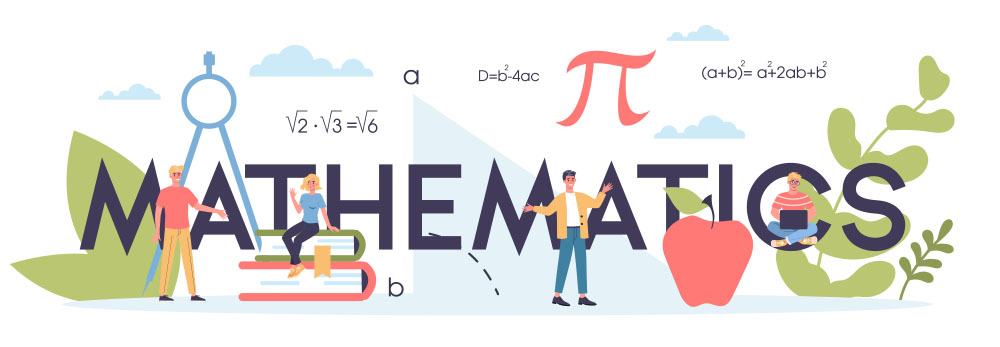
Math Literacy, is “the ability to problem-solve, reason, and analyze information…It is the ability to use numbers to help solve real world problems.” (Oxford Learning). Like language literacy, math literacy requires students to be “immersed and engaged in doing mathematics, not just by performing procedures.” We don’t judge a child’s literacy by their ability to complete a phonics worksheet, but by their ability to read, understand, and interpret books, stories, and texts. We teach literacy though application, moving quickly from worksheets to actual books (hence the plethora of early and leveled readers). Math, likewise needs to exist off of the page, preferably while it is being learned rather than expecting students to apply something that they have learned only in an academic context.
There studies out there talking about how children who grow up in “print rich” environments become better, more avid readers. When children are read to, and surrounded books, and adults who read they are more likely to read for pleasure and find reading enjoyable. They’re also more likely to be better readers and to score better academically. So why are we so quick to constrain math to a textbook? I can’t be the only student who has ever watched a math teacher struggle to explain why or how we would use the math in our textbook in “real life.”
Creating a math rich environment takes math off the page and into the real world.
Picture books introduce math concepts in a fun and practical way (and not just for the youngest learners. There are picture books to take you through most of elementary school math). Biographies of mathematicians can inspire children in their quest to master numbers. Games and apps make practice exciting and enjoyable and there are a huge variety of math book and resources that can help you develop math skills in super practical ways within your home.
A well-chosen math curriculum can focus more on how numbers work and how to use math in real life then rote memorization and practice pages. Even in the middle and high school years using or supplementing with curriculum that is focused more on practical application than procedure can help students continue to connect the math they’re learning to real life.
Math Resources:
- Curriculum
- Books for creating a math-rich home
- Books to inspire young mathematicians
- Math Games
- Manipulatives & Other resources
- Math Apps